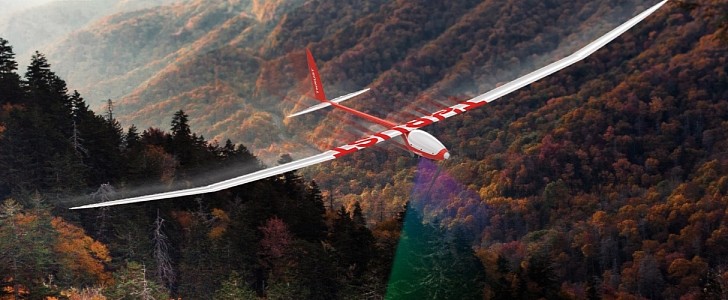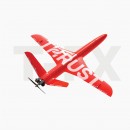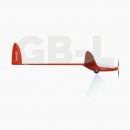The conventional vehicles used for identifying damaged sections and road defects will be replaced by drones equipped with high-definition cameras and multiple sensors. They will be able to cover large areas and pinpoint all the problematic spots, in a fast, efficient way. Teams will then be dispatched to the areas requiring prompt action, as explained by Jolita Mackiene, Head of Quality and Technology at AB Keliu priežiura.
Switching to drones for road inspections will cut emissions by 90 percent, according to Agmis.
While Thrust will be in charge of providing the drones for the GreenBee project, Agmis will bring to the table its AI (artificial intelligence) video analysis services, boasting that they are a game-changer in the industry. Its job will be to analyze the collected sensor and video data.
Thrust has three Green Bee drone models in its lineup, the Green Bee Light (GB-L), Green Bee medium (GB-M), and Green Bee Heavy (GB-H), all three designed to perform routine check-ups of roads. The latter has the largest payload capacity (17.6 lb./8 kg) and can reach a top speed of 135 kph (almost 84 mph). Its cruising speed is 36 to 40 kph (22 to 25 mph) and it has a communication range of up to 25 km (15.5 miles).
The three partners are now seeking funding for the GreenBee project via the Robotics for Infrastructure and Maintenance (RIMA) program. We are yet to be informed when we could start seeing the drones inspecting Lithuanian roads from above our heads.





